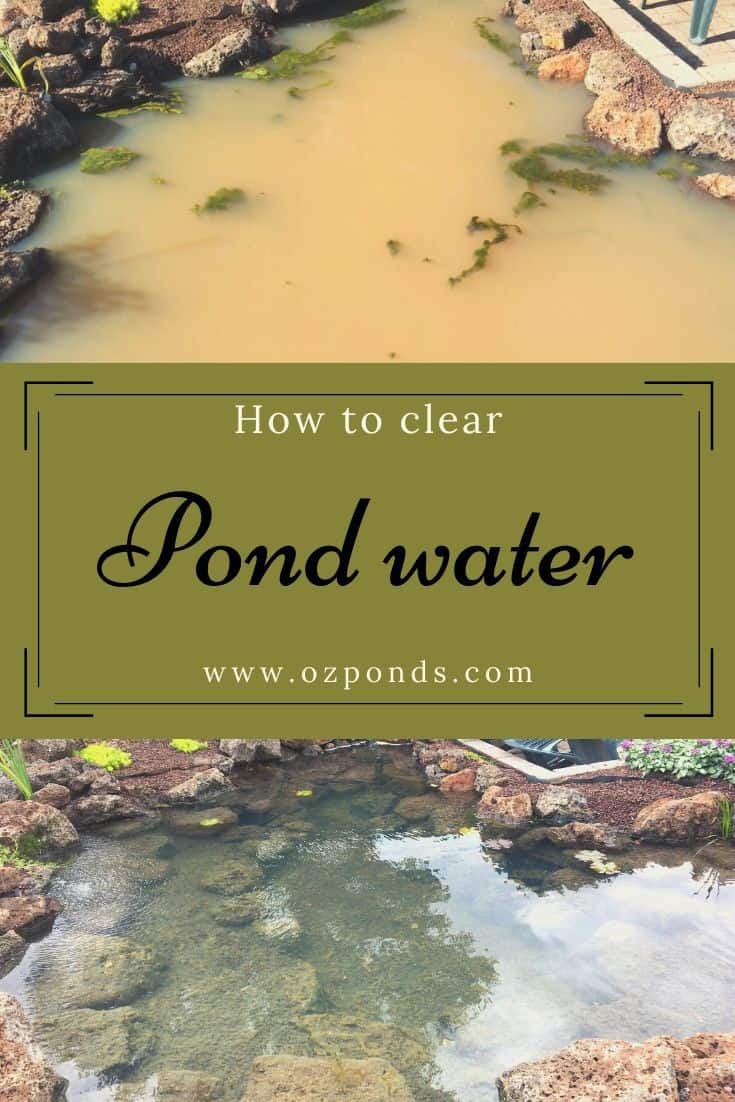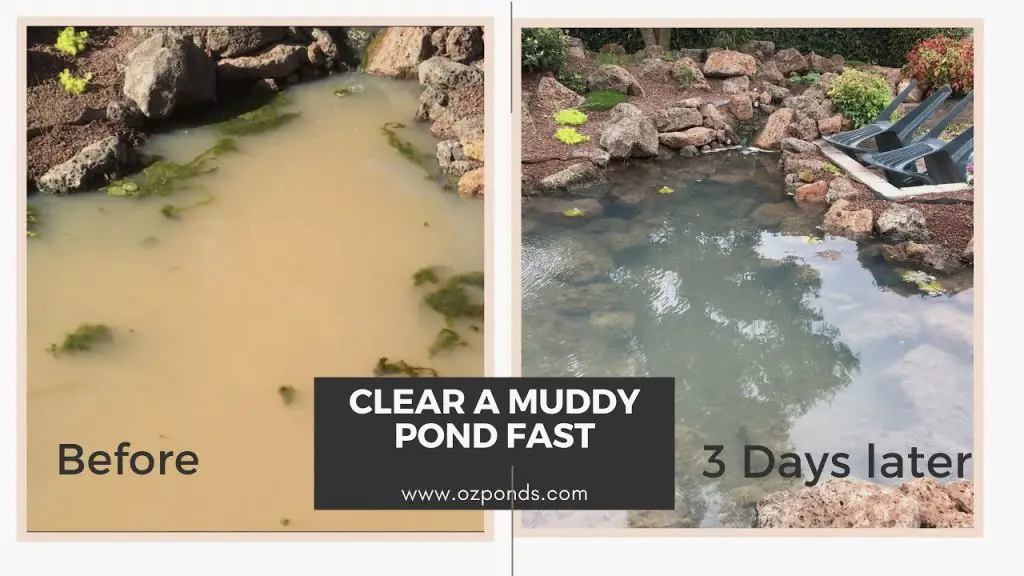Having a serene and picturesque water feature in your backyard can greatly enhance the overall aesthetic appeal of your outdoor space. A clear water pond not only adds a touch of tranquility and beauty but also provides a habitat for aquatic plants and wildlife. If you’re looking to create a clear water pond in your backyard, here is a comprehensive guide to help you get started.
1. Planning Your Clear Water Pond
Before you start digging, it’s essential to have a clear plan in place. Consider the size and shape of the pond, its location in your backyard, and the type of aquatic plants and fish you want to incorporate. Take into account factors such as sunlight exposure, proximity to trees, and access to electricity for pumps and filters.
2. Choosing the Right Location
Select a spot in your backyard that receives a good amount of sunlight but is also partially shaded to prevent excessive algae growth. Avoid areas with overhanging trees to minimize debris falling into the pond. Ensure that the location is easily visible and accessible from your outdoor living spaces to maximize enjoyment.

Credit: ozponds.com
3. Digging the Pond
Once you have finalized the location and design of your pond, it’s time to start digging. Use a rope or hose to outline the shape of the pond on the ground. Start digging from the center and work your way out, creating shelves of varying depths for different aquatic plants. Aim for a depth of at least 18 inches to ensure a healthy ecosystem for fish and plants.
4. Installing a Pond Liner
After digging the pond, it’s crucial to install a high-quality pond liner to prevent water leakage. Choose a durable and flexible liner made of EPDM or PVC material. Carefully spread the liner over the excavated area, ensuring there are no folds or creases. Trim off any excess liner and secure it in place using rocks or soil along the edges.

Credit: www.youtube.com
5. Adding Rocks and Gravel
Enhance the natural look of your pond by adding rocks and gravel to the bottom and edges. Rocks not only provide a decorative element but also create hiding spots for fish and beneficial bacteria. Use a variety of sizes and shapes to create a visually appealing landscape that mimics a natural pond environment.
6. Choosing Aquatic Plants
Aquatic plants play a crucial role in maintaining water clarity and quality in your pond. Select a mix of floating, submerged, and marginal plants to create a balanced ecosystem. Floating plants like water lilies provide shade and help reduce algae growth, while submerged plants oxygenate the water and provide habitat for fish.
7. Introducing Fish
If you plan to add fish to your clear water pond, choose species that are suitable for the size and depth of your pond. Common pond fish include koi, goldfish, and mosquito fish. Ensure that the fish are introduced gradually to allow them to acclimate to their new environment. Monitor water quality regularly to ensure a healthy ecosystem for your fish.
8. Installing a Filtration System
To maintain water clarity and quality, consider installing a filtration system in your pond. A combination of a mechanical filter to remove debris and a biological filter to break down organic waste is essential for a healthy pond ecosystem. Additionally, a UV clarifier can help control algae growth and keep the water crystal clear.
9. Adding a Water Feature
Enhance the visual appeal and soothing sound of your clear water pond by adding a water feature such as a fountain, waterfall, or bubbling rock. Not only do water features create a relaxing ambiance, but they also help aerate the water and improve circulation. Choose a water feature that complements the size and style of your pond.
10. Regular Maintenance
Maintaining a clear water pond requires regular upkeep to ensure a healthy and thriving ecosystem. Remove debris such as leaves and twigs from the surface of the water, trim overgrown plants, and clean filters and pumps as needed. Monitor water quality parameters such as pH, ammonia, and nitrate levels regularly to prevent imbalances.
Conclusion
Creating a clear water pond in your backyard is a rewarding and fulfilling project that can bring tranquility and beauty to your outdoor space. By following these steps and guidelines, you can design and maintain a vibrant and thriving pond ecosystem that will be enjoyed for years to come. Take the time to plan carefully, choose the right plants and fish, and implement proper maintenance practices to ensure the success of your clear water pond.


